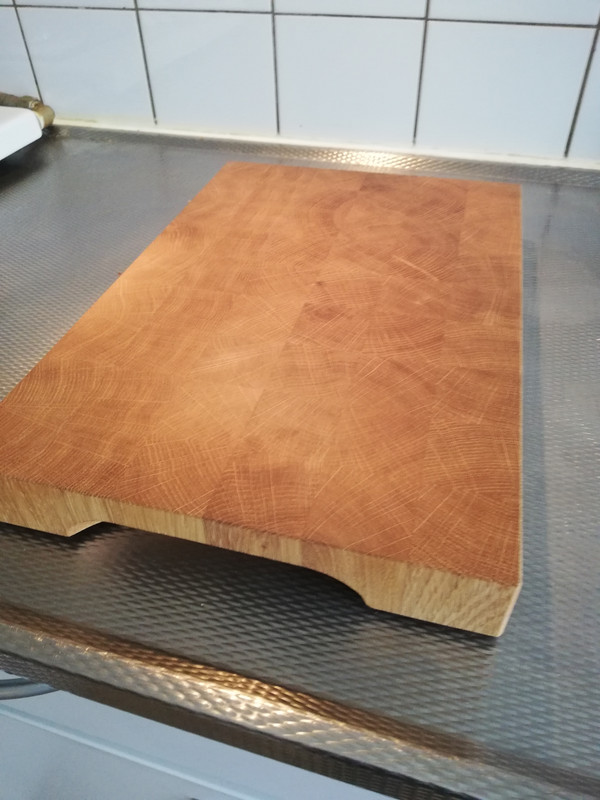HappyamateurDK
Senior Member
Hi all.
Over the years I have owned different cutting boards in Bamboo. I would say they where medium priced to expensive. Ofcourse in a forum like this " expensive "is relative.
My problem is that sooner or later they will all dry out and crack, mostly within a year. That happens even though I oil them regularly. So I think of trying something else but Bamboo.
I have come across a local Brand ( Denmark ) who makes cutting boards in oak. Is that a better material for cutting boards and will it last longer if oiled regularly?
This is the board I am considering.
https://www.skagerak.dk/dk/indoor/plank-cutting-board-s1990895
Have a great weekend and happy cooking
Søren
Over the years I have owned different cutting boards in Bamboo. I would say they where medium priced to expensive. Ofcourse in a forum like this " expensive "is relative.
My problem is that sooner or later they will all dry out and crack, mostly within a year. That happens even though I oil them regularly. So I think of trying something else but Bamboo.
I have come across a local Brand ( Denmark ) who makes cutting boards in oak. Is that a better material for cutting boards and will it last longer if oiled regularly?
This is the board I am considering.
https://www.skagerak.dk/dk/indoor/plank-cutting-board-s1990895
Have a great weekend and happy cooking
Søren






